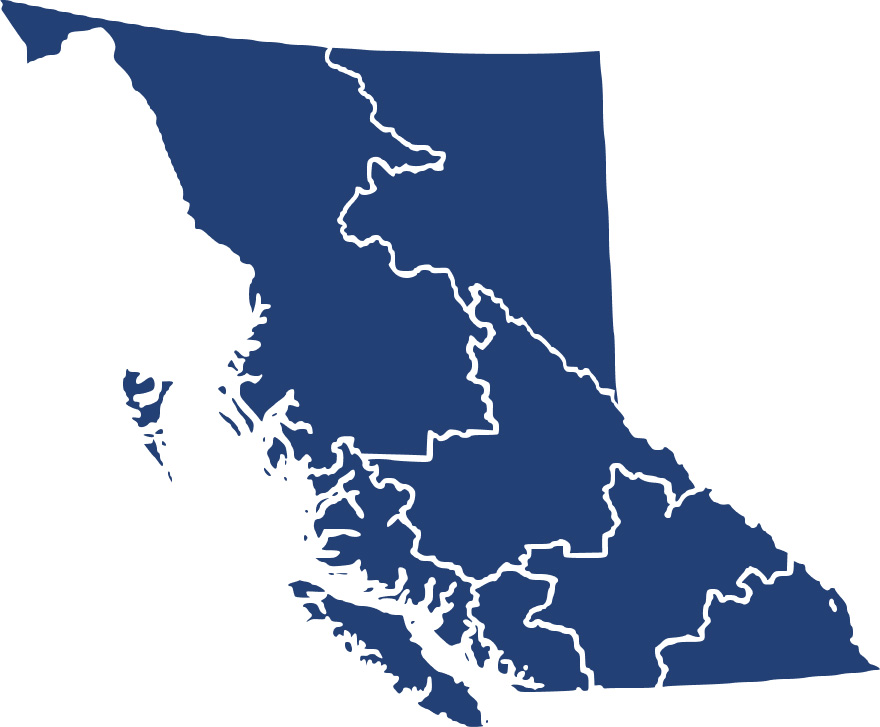Career Overview
Assemblers and inspectors in this unit group work for machinery and transportation equipment manufacturers and other manufacturing companies and perform a variety of tasks.
People in this occupation:
- Assemble a wide variety of mechanical products such as trucks, buses, snowmobiles, garden tractors, automotive engines, transmissions, outboard motors, gearboxes, hydraulic pumps and sewing machines
- Check and inspect parts and finished products to ensure quality
Duties
Mechanical assemblers:
- Assemble, fit and install pre-made parts to form pieces or finished products using hand and power tools
- Position, align and adjust parts for proper fit and assembly and connect cables, tubes and wires
- Fasten parts together using bolting and riveting equipment or other fastening and joining techniques
- Operate or tend automated assembling equipment, such as robotics and fixed automation equipment
- Operate small cranes to transport or position larger parts as required
Mechanical inspectors:
- Check parts and inspect finished products for quality
- Check mechanical parts and pieces for alignment and proper functioning
- Test and check electrical parts and wiring for proper connections
- Perform minor adjustments and repairs
Earnings
Earnings is income that workers receive in exchange for their labour. Depending on the type of employment, earnings can be in the form of wages (hourly), salaries (fixed monthly or annual) or self-employed earnings.
Work Environment
# Workers Employed
705% Employed Full Time
62%Key aspects of work in this occupation:
- Operators and inspectors in this unit group usually work in a conventional controlled environment such as an office, hospital or school
- This work produces enough noise to cause loss of hearing
- Work is done with equipment, machinery or power/hand tools that could cause an injury
Examples:
- Operating metal machining tools to shape metal
- Using hand and power tools to make wood products
Career Pathways
Career paths
- Progression to supervisory positions is possible with experience
- With experience, machine operators may progress to inspecting and testing positions
Related Careers
Occupational Interests
It’s important to understand what kinds of occupations align with your interests.
For more about occupational interests visit Skills for the Future Workforce > Characteristics.
Here are the top occupational interest(s) for this career profile:
Job Titles
Education, Training and Skills
- Some secondary school education is required
- Up to two years of on-the-job training are provided
- Experience as a mechanical assembler may be required for inspectors in this unit group
Education programs in B.C.
The following program areas are related to this occupation:
- Academic/Basic Upgrading

Skills
Every job calls for a certain set of skills. Knowing those skills is the first step in finding a good career fit.
Here, you will find the 10 most relevant workplace skills. Some are more important to achieving success in a certain career than others. These skills may come naturally to you or you may need to gain them through education, training and experience.
See the list of work-related skills below, ranked in order of importance for this career. Check out the list and see if this career matches your skills—take that first step!
Conducting tests and inspections of products, services or processes to evaluate quality or performance.
Watching gauges, dials or other indicators to make sure that a machine is working properly.
Using logic and reasoning to identify the strengths and weaknesses of alternative solutions, conclusions or approaches to problems.
Giving full attention to what other people are saying, taking time to understand the points being made, asking questions as appropriate, and not interrupting at inappropriate times.
Understanding written sentences and paragraphs in work-related documents.
Keeping track of and assessing your performance, other individuals, or organizations to make improvements or take corrective action.
Talking to others to share information effectively.
Managing one’s own time and the time of others.
Being aware of others’ reactions and understanding why they react as they do.
Being able to solve novel, ill-defined problems in complex, real-world settings.
Labour Market Statistics
Discover data, facts and information that have been gathered and analyzed. Learn about the characteristics of the economy and labour market in B.C.
Employment
Find out about employment types and trends by region and industry.
Employment
705Employment by Region















| Region | Employment | % Employment of this Occupation |
|---|---|---|
| Cariboo | 0 | 0.0% |
| Kootenay | 0 | 0.0% |
| Mainland/Southwest | 555 | 79.3% |
| North Coast and Nechako | 0 | 0.0% |
| Northeast | 20 | 2.9% |
| Thompson-Okanagan | 95 | 13.6% |
| Vancouver Island/Coast | 25 | 3.6% |
Labour Market Outlook
The B.C. Labour Market Outlook is a 10-year forecast of the expected supply and demand for labour in the province. It’s usually updated every year. The purpose is to provide British Columbians with the knowledge to make informed decisions on careers, skills training, education and hiring.
Forecasted Job Openings (2023-2033)
320Forecasted Job Openings
Forecasted Employment Growth Rate
Composition of Job Openings
Job Openings by Region (2023-2033)















| Region | Job Openings | Avg. Annual Employment Growth |
|---|---|---|
| Cariboo | Not available | Not available |
| Kootenay | Not available | Not available |
| Mainland/Southwest | 290 | 0.9% |
| North Coast and Nechako | Not available | Not available |
| Northeast | Not available | Not available |
| Thompson-Okanagan | 20 | -0.5% |
| Vancouver Island/Coast | 10 | 0.8% |
Industry Highlights
Learn about the opportunities in B.C.'s major industries, including employment trends, earning potential, locations of work and more.
Forecasted Job Openings by Industry
| Industry | Job Openings (2023-2033) |
|---|---|
| Manufacturing | 250 |
| Wholesale Trade | 20 |
| Repair, Personal And Non-Profit Services | 10 |
| Retail Trade | 10 |
| Construction | 10 |
Resources
Resource information is currently not available.








